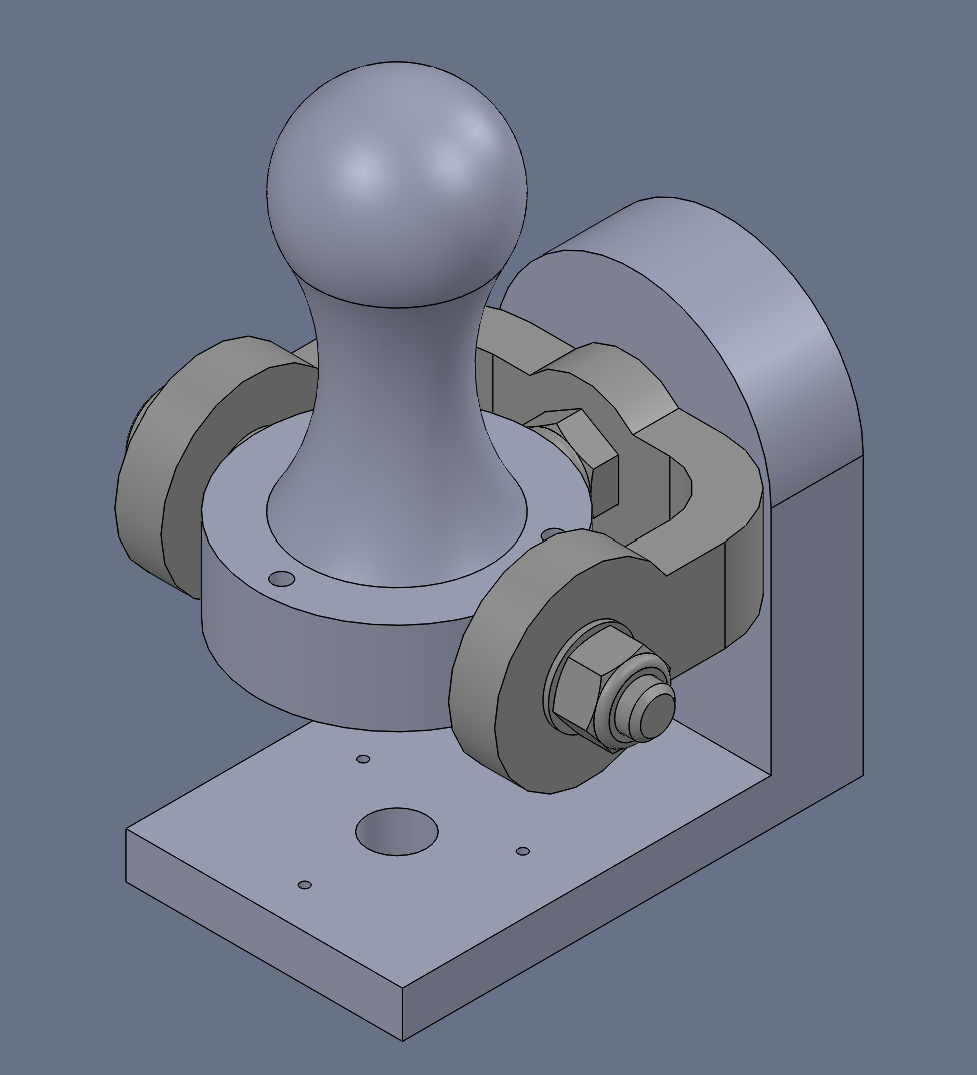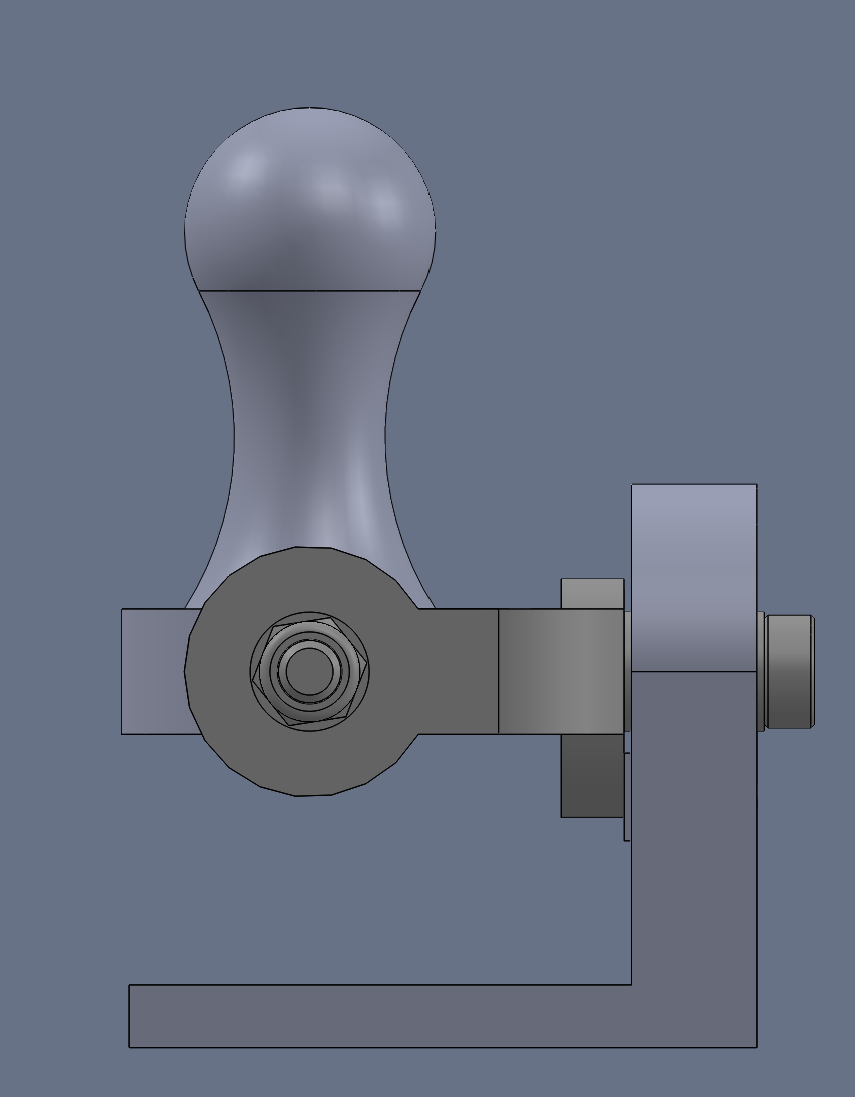Summary:
UCLA researchers in the Department of Gastroenterology have developed a novel addition to current endoscopes that enables dynamic, user-directed movement of the device’s distal tip for improved surgical outcomes.
Background:
Endoscopic procedures are integral to modern gastroenterology, among other procedural medical fields. While several technologically advanced tools have emerged in recent years to widen the scope of endoscopic procedures, the fundamental tool remains the same: a distal device connected to a long, straight wire that cannot be actively curved from outside the body. Proper positioning of the device is paramount to the success of an endoscopic procedure. Currently, the ability to position the device appropriately depends entirely on the positioning of the endoscope, which often renders the practitioner unable to achieve the most effective position or necessitates ergonomically unfavorable maneuvers. Patient anatomy also creates another degree of uncertainty, sometimes forcing the practitioner to perform procedures blindly. There is an unmet need for a novel endoscopic device that improves usability and positioning for healthcare professionals that does not rely on manipulation.
Innovation:
UCLA researchers have developed a novel addition to standard endoscopes that allows the scope and the distal device to function independently. Because this invention is an addition to an endoscope, the user may still curve the tip as usual or use the device in the standard straight format. With this invention, however, the practitioner can also curve the tip using an external lever in real-time. The addition of this secondary tip-curving modality allows for more precise positioning of the device without needing to rotate the endoscope, enabling high-precision anatomical targeting in situations that might otherwise make it difficult. Additionally, this invention can be fitted to other scopes, and be applied in diverse applications such as pulmonology, urology, and gynecology.


A schematic of the joystick used to control the endoscopic device (Credit: Dean Ehrlich)
Potential Applications:
• Esophagogastroduodenoscopy (EGD)
• Colonoscopy
• Balloon Enteroscopy
• Endoscopic Ultrasound
• Bronchoscopy
• Cystoscopy
• Hysteroscopy
Advantages:
• Maintains standard functionality of endoscopic devices.
• Enhanced precision over straight devices.
• Decreases overall procedure time.
• More accurate visualization in vivo.
• Reduction in total number of instruments used and total procedure cost.
State of Development:
The inventors have developed a prototype of the device and demonstrated its use with current off-the-shelf standard endoscopes.
Reference:
UCLA Case No. 2021-020